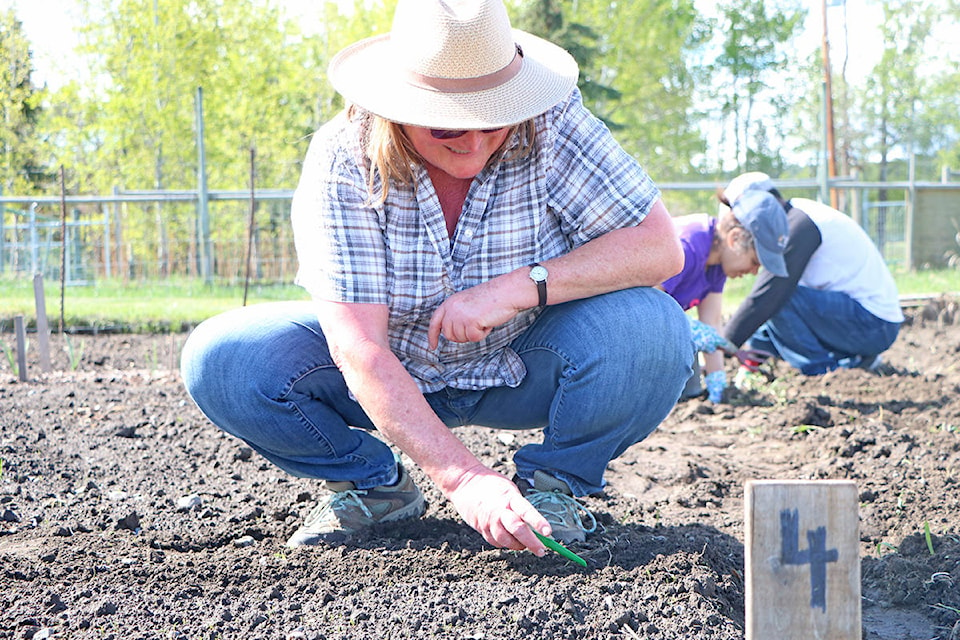This year’s seed catalogues are out in print or online. Seed displays will start appearing in stores by the end of January. Plan and purchase early just in case the supply has not caught up with the demand.
Catalogues and seed packets with the bright pictures act as salesmen, treat them as such. Decide what you have room to grow to avoid over or under purchasing.
Terms in a catalogue, store or seed package can be confusing. Heritage and Heirloom seeds are interchangeable. They are seeds that have come from plants that have not been hybridized but have developed through open pollination. Know that people collect seeds from the strongest plants meaning the seeds slowly evolve as opposed to seeds from plants that are purposely crossed with another plant to improve fruit size, disease resistance etc.
Organic seed comes from plants that were grown on land certified organic by a government agency and processed and stored in an organic seed facility.
The term non-GMO, Genetically Modified Organisms, may come up. GMO garden seeds have never been an option. People or companies that buy GMO seeds purchase large quantities, pay high prices and sign a thick contract stating what they are allowed to do with the seed.
Seed packages and or catalogues should carry enough information for the novice gardener to plant successfully. It should include: days to harvest, depth and spacing of seeds, germination instructions and light levels needed for healthy plants.
Central Alberta can count on 90 plus days between frosts. More if the garden is in a sheltered location or on a south slope. Plants that require a longer growing season should be set out as bedding out plants.
Depth and spacing of plants are important. Planting too deep or two shallow will impact germination rates. Seed rows may look far apart in the spring but the plants grow fast and do best if given room to grow. Disease and insect problems occur if a large amount of plants or the same or similar variety are in close proximity.
Look at the light levels. Full sun means at least six hours of direct sunlight a day. Partial sun is two to four hours of direct sunlight while full shade is under two hours of direct sunlight. Plants that need full sunlight do not do well planted in partial shade. Less sunlight than optimum usually results in slower, thinner growth and less produce.
How many seeds are in the package? It is different with every company. Catalogues often list amounts. Seed packages are often a guess unless they are clear but even then it is hard to estimate how many small seeds they contain. Excess seeds with the exception of onions and parsnips are viable for a few years.
When making a catalogue or online purchase, factor in the cost of postage and handling. It varies with the company and how much is purchased.
Decide what to grow, then look for the desired seeds. Purchase all the seed needed for the coming year taking in account of second plantings or third plantings.
Linda Tomlinson has gardened in central Alberta for over 30 year. She can be reached at your_garden@hotmail.com.
